Marisa Wojcik:
Welcome to Noon Wednesday! I’m Marisa Wojcik, a multimedia journalist with Here & Now on Wisconsin Public Television. So, Wisconsin has gained nearly 700 local governments since the mid-1970s, and in total, there are more than 3,000 local governments in Wisconsin, according to a new analysis from the Wisconsin Policy Forum. So, where there are legitimate needs for many of these governments and services, but where are there redundancies? Are taxpayer dollars being spent efficiently? So, joining us is Wisconsin Policy Forum Research Director, Jason Stein, and thanks so much for being here.
Jason Stein:
Thank you, Marisa.
Marisa Wojcik:
So, more than 3,000. That sounds like a lot, is it a lot?
Jason Stein:
Well, it’s definitely a lot in the context of other states. So we rank 11th highest in the country for the number of local governments in Wisconsin. Even when you account for population, we still rank relatively high. And so that’s our neighbors: Illinois, Minnesota, Michigan also tend to have a lot of governments as well as other states in the north-east. But when you compare us to the nation as a whole, yes, we do stand out.
Marisa Wojcik:
So, when you’re saying governments, is that just cities, is that counties, how does that definition play into it?
Jason Stein:
Right, so we use the Census Bureau definition and it’s all of the above. So, it’s municipalities, so it’d be cities, villages and towns, there are more than 1800 of those in Wisconsin. 72 counties, there are more than 420 school districts, and K12 or K-8 or union high school districts…
Marisa Wojcik:
And those are all considered local governments?
Jason Stein:
Correct, and then you as well, you also have technical college districts, and then you have something called special districts, and that could be a whole range of things. A lot of them have to do with water, so sewers, sanitary, lake districts, but also housing authorities and even the district that helps fund Miller Park, so it’s a whole range.
Marisa Wojcik:
So your report was looking at the most recent numbers and how Wisconsin is unique in the way that all of these are kind of overlaid on one another.
Jason Stein:
Or certainly unusual at least,
Marisa Wojcik:
Unusual.
Jason Stein:
Compared to others.
Marisa Wojcik:
So, where do we see some benefits from that happening? If it is unusual, there must be a reason why we’ve decided to do it that way.
Jason Stein:
Sure, so I think it’s definitely important to not think about this in a knee-jerk, simplistic way as being all good or all bad. Certainly, the services, whether it’s educating children in school, whether it’s providing, at the county level, human services to people in need, whether it’s providing long-term care to people in their homes, maybe to keep them out of a nursing home. There’s all sorts of things that local governments do, police and fire protection that are important or even essential to daily life in the state. But one of the things that we can also look at is, okay, when you look at this system as a whole, are there ways that we could make it better, either in terms of the quality of the services, or the cost of the services.
Marisa Wojcik:
And so, do these local elected officials, or civil servants, have difficulty navigating these channels themselves, because there’s all of these different layers of authority trying to work together, especially if they’re overlapping or even tangentially related?
Jason Stein:
Sure, so I think one aspect, for sure, is that if a system has more units and more components, it may be more complicated for the average citizen, or even an elected official, or just a local leader in the private sector, to navigate, and so we certainly see places like the Appleton area, where you have multiple counties, multiple municipalities, and if you’re a local elected official, or even just a concerned citizen, or even just someone who’s trying to get a particular government service, you may have to interact with more units of government than you would in some other community in the state, and it may be more challenging or time-consuming for that reason.
Marisa Wojcik:
But sometimes those redundancies might afford a level of a safety net, so if you can’t get that service on the county level, maybe you can get it on the city level. Is that beneficial to how we’ve kinda set up this system?
Jason Stein:
Well, again I don’t think there are any easy answers. I think one question to ask is, you’re looking at this system as a whole is, are there redundancies, are there, whether it’s, or just simply services being provided at a very localized level. It could be police dispatch services, it could be public health services, it could be just simply back room functions like IT. It could be any number of things. Are there redundancies in the system? And then you have to ask, well, if there are, are they appropriate or are they what the local citizens and taxpayers want? Because that’s also part of the question here, right, is that we sorta have a tradition of local control in the state, and to the extent that people at the local level are happy or even demand that it remain that way, then that’s a very important factor to consider.
Marisa Wojcik:
Yeah, and to that point of local control, that is a part of Wisconsin’s identity, and baked into our constitution is something about the home rule, which your report touched on. Can you talk about that?
Jason Stein:
Sure, so there are various types of governments at the local level. There are cities and villages, which we have just over 600 of those that are incorporated and that can typically do various functions, all the functions except the ones that the state specifically says, no, you guys can’t do those. Then you have towns, we have more than 1,200 towns. Not every state has towns, we rank very highly for the number of towns. The towns have a more limited set of functions that they provide, such as road repair. So yeah, it does matter at the local level. Different types of governments have different authorities and powers and jurisdictions.
Marisa Wojcik:
Is it a benefit to more rural areas to have these jurisdictions broken up the way that they are because there isn’t this metropolitan area with as much overlap, and so that level of local control is something that can be pretty important?
Jason Stein:
Sure, so I mean, again, I think it’s important not to be too simplistic about it. I mean, some of the advantages of having a large number of governments is they may be more responsive. You may be able to go to a town clerk for some election registration thing at his or her home, or something like that. There may be a very sort of personalized, localized level of service. The flip side of it, and the people in the community may value that, above all else, potentially. At the same time, there can be challenges, perhaps, in terms of, okay, we live in a world where IT security is increasingly important. A smaller unit of government, they may have very low costs, they may be in part very volunteer-driven, but it may also be difficult for them to make the capital investment to have a lot of technical, and they may lack the technical expertise to do certain things.
Marisa Wojcik:
And an example that was coming to mind as I was reading this was election security,
Jason Stein:
Sure.
Marisa Wojcik:
Which is increasingly important, you said we have 1,800, over 1,800 municipalities,
Jason Stein:
Right.
Marisa Wojcik:
And it’s these municipal clerks that are navigating and keeping up with all of this training and all of this technology,
Jason Stein:
Right.
Marisa Wojcik:
And the counties are overall in charge, but there’s a lot of people to
Jason Stein:
Right.
Marisa Wojcik:
Co-ordinate.
Jason Stein:
Right, so when we hold a state-wide election in Wisconsin, we have more than 1,850 municipal clerks that are involved in that, as well as 72 counties and the State of Wisconsin that are involved in that. So that is a lot of ducks to get in a row if you’re trying to make a change in how things happen, if you’re trying to ensure, again, IT security, or just uniformity, because when we go to vote, we all wanna be treated the same, and not have a lot of variation in terms of how things are handled. If you vote in a small town, it should be relatively similar to it is in the big city, in terms of the level of ability you have to exercise your constitutional rights.
Marisa Wojcik:
I thought it was interesting that the report went a little bit into the history of how we got here, and how it’s part of Wisconsin’s identity to, everyone really wants to be involved, and so how do you remove that from the process? You don’t, so like you said, having less or more isn’t the answer, but that feeling of Wisconsin’s citizens wanting to be involved will kind of always be there.
Jason Stein:
Well, sure, so it’s definitely true that there is a tradition in the upper Midwest and in sorta New England states of a lot of units of government, and that reflects various things, from how towns were surveyed and laid out and structured under treaties of the late 1700s to the kinds of settlers that we had and maybe they’re being more oriented towards a sort of collective vision of a community in which government was more empowered, compared to some other parts of the country. But at the same time, to get back to the present day, it isn’t necessarily a question of, do we have a large number or a small number of governments? We can have the same number but they can collaborate with one another on providing services. You may even create a new level of government that provides regional services, so long term care in the state is now provided by the special districts that help elderly and disabled people remain in the community rather than going into a nursing home, which can save money. And they deliver services that are regional rather than at county level. So, there you have a new government being created, but it’s arguably more efficient than the old system in which you had fewer units. So these things aren’t necessarily back and white in terms of, what does efficiency look like.
Marisa Wojcik:
About 10 years ago, this conversation was very present and you referred to the state commission that was put together, that was trying to look at how all of these different governments interact and trying to find efficiencies.
Jason Stein:
This is the Kettle Commission, 2001?
Marisa Wojcik:
The Kettle Commission of 2001. So what came out of that, and are we gonna see that resurgence again now that these new numbers are out?
Jason Stein:
Right, so the context of that report came out after a decade, the 1990s, when we saw a growth in hundreds of special districts. And that report really looked at, are there ways that both local governments and also the State in its relationship with local governments can work more effectively? And certainly, I think one of the things that came out of it, I wasn’t there at the time, but was the idea that it may be difficult to eliminate units of government outright, I mean, that can be a very time consuming and controversial process, but there may be more incremental improvements that can be made. Maybe things that are less mandated on high for local communities and things more that arise organically out of that. And one of the things that our organization does is, we work on studies with local governments to look at whether they can collaborate with one another on fire and EMS, or dispatch, or public health. So there are lots of these opportunities that exist at the local level.
Marisa Wojcik:
Are schools kind of the best example of consolidation kind of being forced to happen in the state?
Jason Stein:
I mean, there’s certainly, maybe the best example of really large scale consolidation happening, so you had, in the World War Two, around the time of World War Two, you had thousands and thousands of school districts in Wisconsin, and these were one room school districts, they were in some cases even non-operating districts, so they were districts that maybe were more of a financing mechanism than an actual agent of direct education to students, but between the 40s and the 60s, you had this consolidation of districts and thousands of districts being consolidated into today, now we have a little over 420. So even though these changes seem so complicated as to be impossible, sometimes they do happen and they have happened in the state.
Marisa Wojcik:
So overall, there’s not gonna be a total dismantling of the whole system, it’s an evolution, as we kinda figure out different modes of operation and what works for one particular area, what works for another particular area.
Jason Stein:
Yeah, and also the question is, are there things being done at the state level that are maybe making it harder for local governments to collaborate with one another? And those would be the things I think you would probably look at first, rather than looking at mandates on local officials.
Marisa Wojcik:
Well, Jason, thank you so much for being here and chatting with us about this.
Jason Stein:
Thanks, Marisa. I appreciate it.
Marisa Wojcik:
For more from Here & Now, and Wisconsin Public Television, you can visit wpt.org and thank you so much for joining us on Noon Wednesday.
Search Episodes

Donate to sign up. Activate and sign in to Passport. It's that easy to help PBS Wisconsin serve your community through media that educates, inspires, and entertains.
Make your membership gift today
Only for new users: Activate Passport using your code or email address
Already a member?
Look up my account
Need some help? Go to FAQ or visit PBS Passport Help
Need help accessing PBS Wisconsin anywhere?

Online Access | Platform & Device Access | Cable or Satellite Access | Over-The-Air Access
Visit Access Guide
Need help accessing PBS Wisconsin anywhere?

Visit Our
Live TV Access Guide
Online AccessPlatform & Device Access
Cable or Satellite Access
Over-The-Air Access
Visit Access Guide
 Passport
Passport

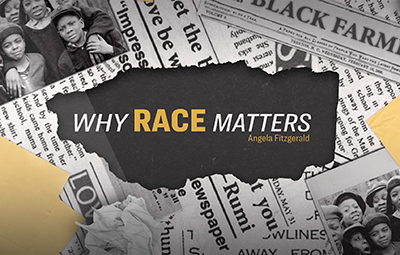



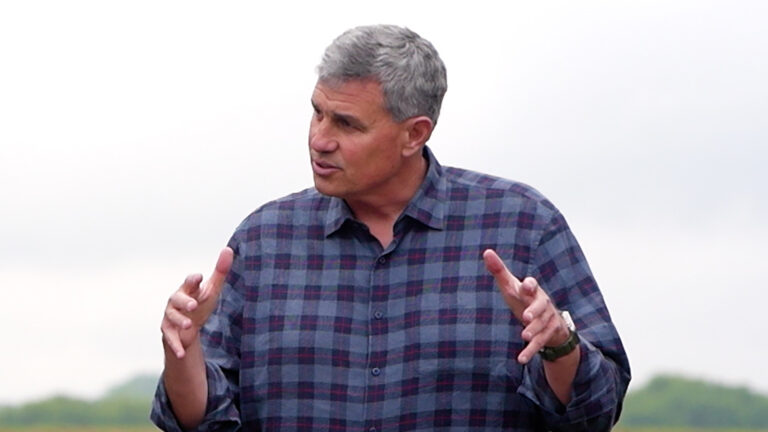
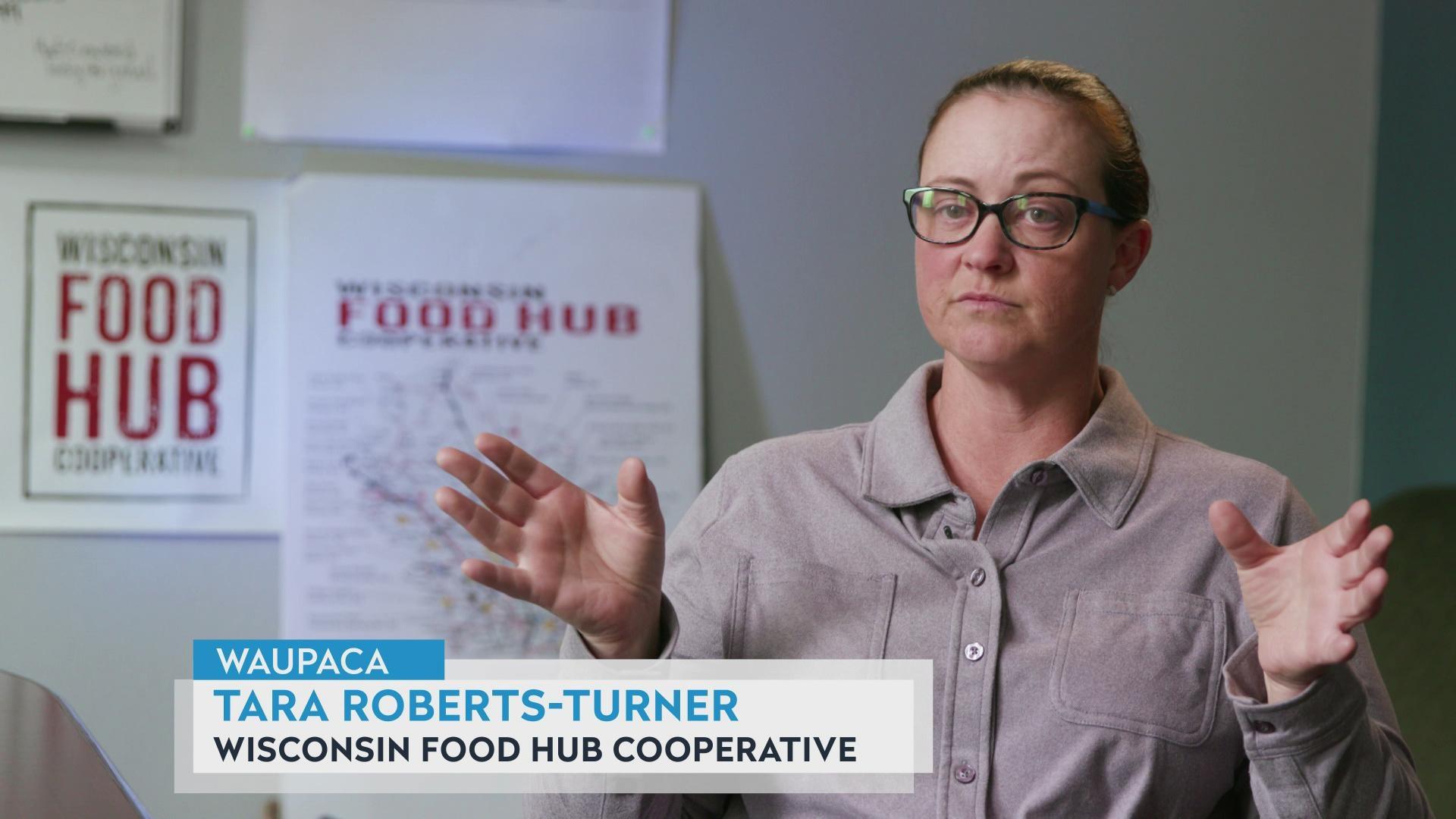
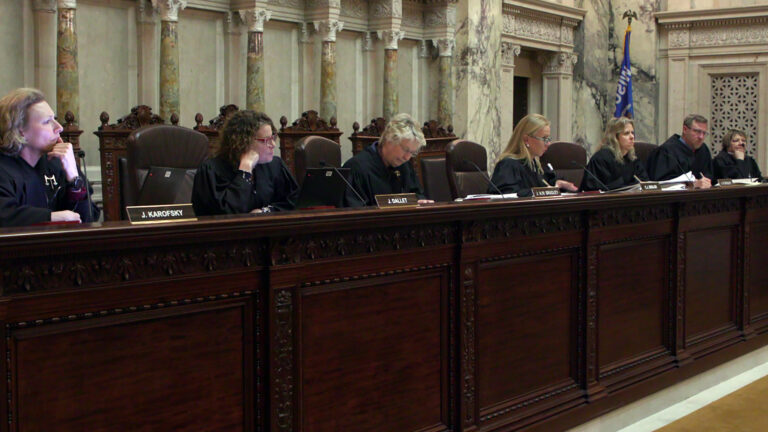

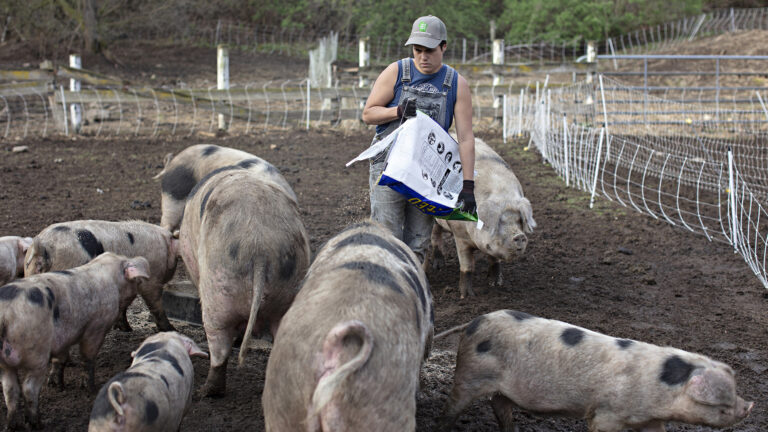

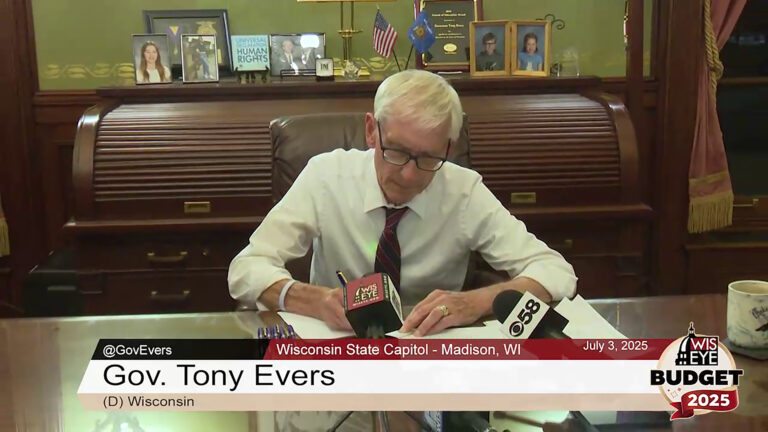


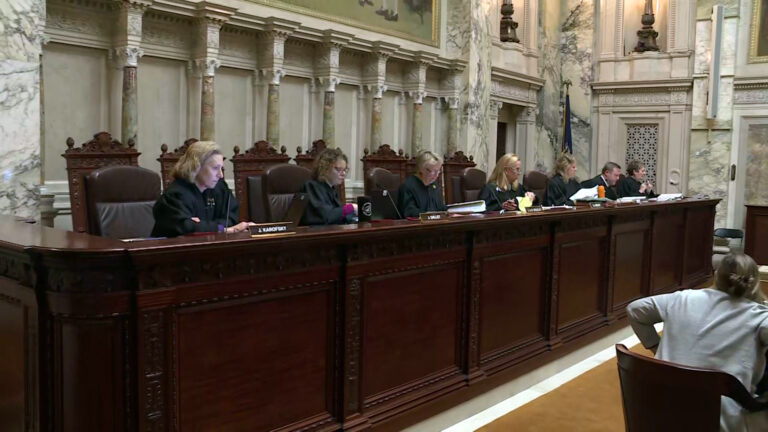
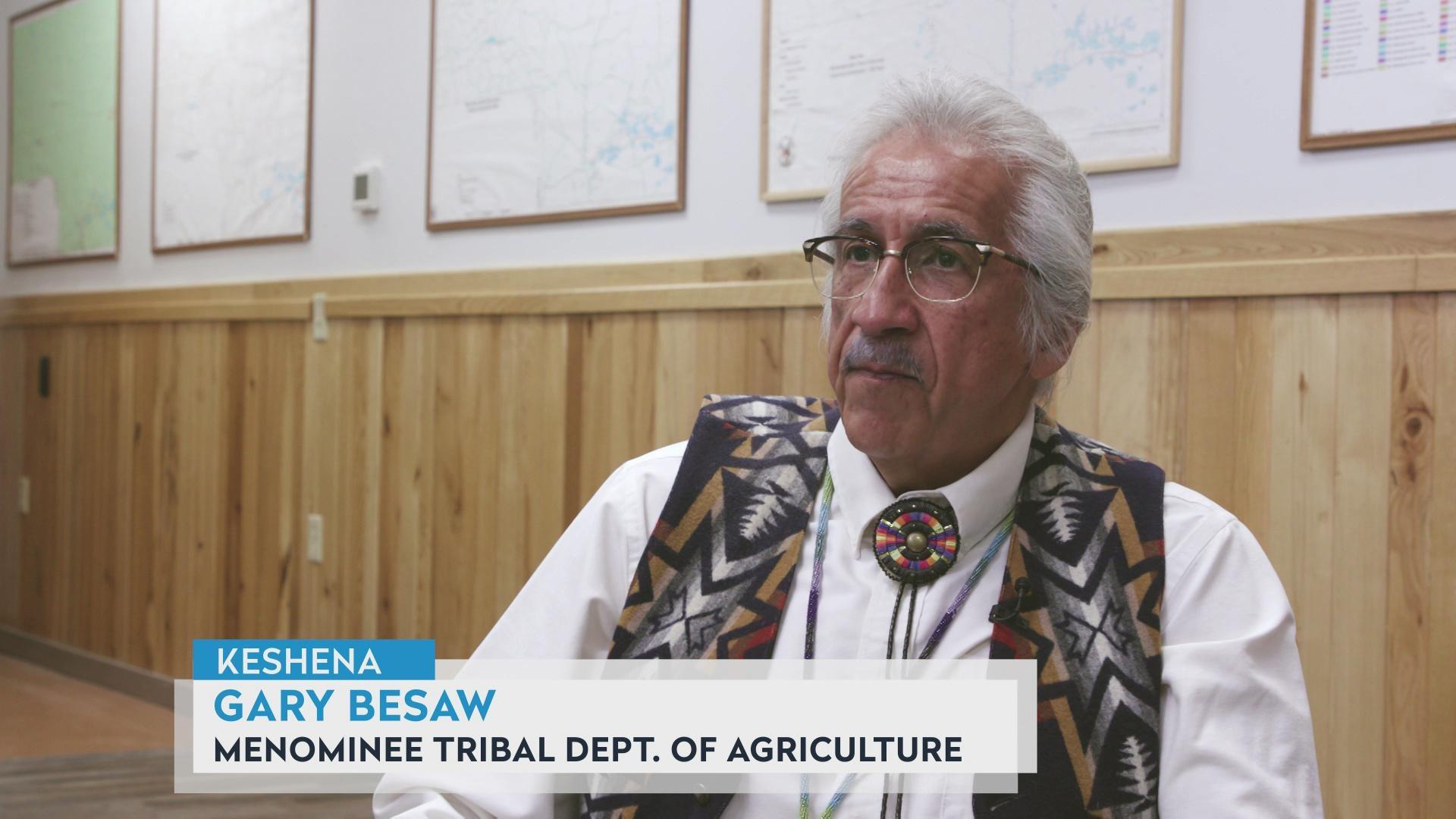
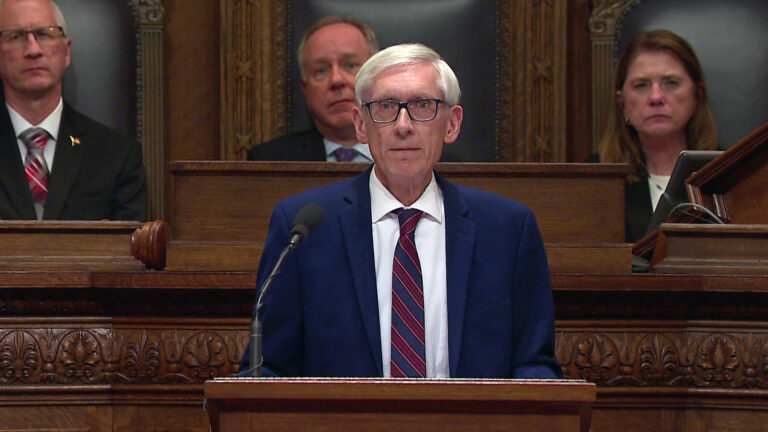

Follow Us